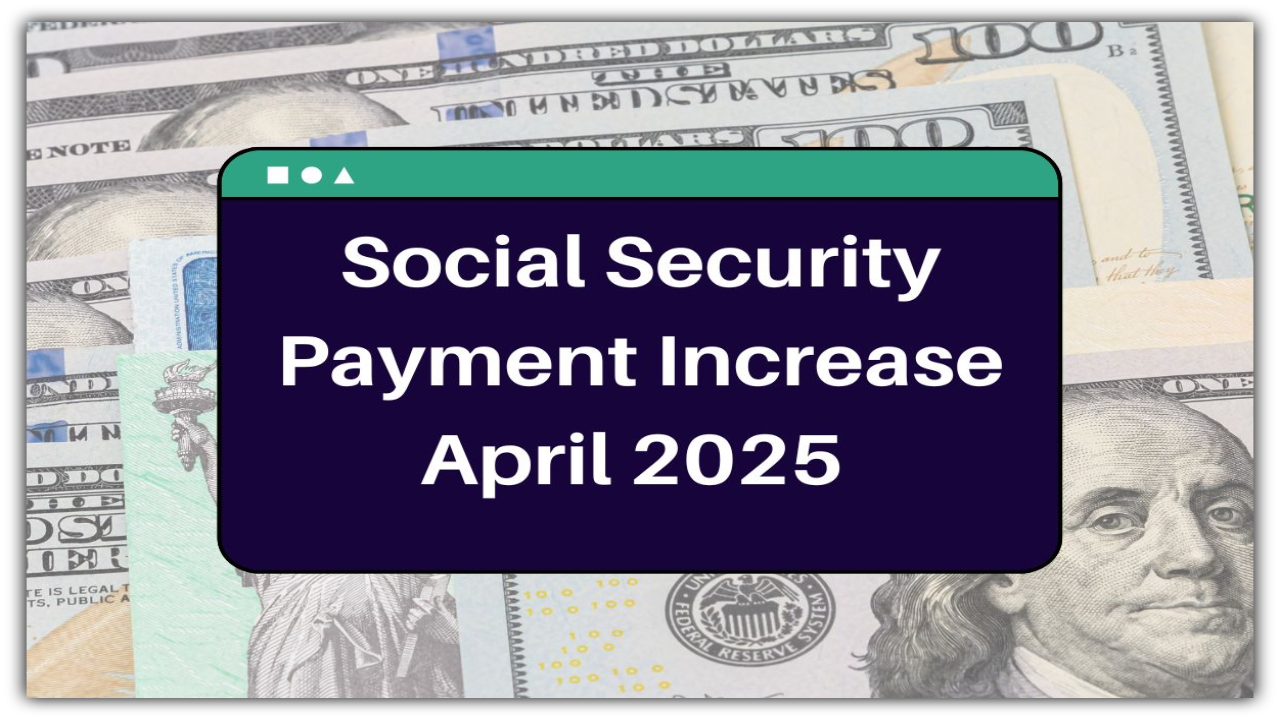Surprise! Social Security and Pension Checks Are Getting a Big Boost in April 2025 – Find Out How Much!
If you’re a retiree, receiving Social Security, or getting a government pension, you’re likely already familiar with the annual cost-of-living adjustments (COLA). These increases are meant to help your benefits keep up with inflation and rising living costs. So, with April 2025 just around the corner, it’s time to check out what changes are coming and how they might impact your monthly payments.
Social Security COLA: A 2.5% Increase
Good news for Social Security recipients: In 2025, you’ll see a 2.5% increase in your benefits starting in January. While it’s not a huge jump, every bit helps when it comes to dealing with inflation.
Who Will Benefit?
If you’re one of the 72 million Americans receiving Social Security benefits, whether you’re retired, disabled, or a survivor, you’ll see this 2.5% increase.
How Much More Will You Get?
If you’re already receiving Social Security, your monthly payment will go up by around 2.5%. Depending on how much you currently receive, that could mean anywhere from an extra $35 to $50 a month. While not life-changing, it can help with things like groceries or gas prices that tend to go up over time.
When Will You Get Paid?
Social Security payments are made once a month, and in April 2025, you’ll receive your updated benefits between April 3 and April 30. The exact date depends on your birthday, so here’s the breakdown:
-
April 3, 2025: If your birthday falls between the 1st and 10th of the month.
-
April 10, 2025: If your birthday falls between the 11th and 20th.
-
April 17, 2025: If your birthday falls between the 21st and 31st.
Federal Retirement Systems: CSRS vs. FERS
If you’re a federal retiree, the system you’re in will determine how much your pension increases.
For CSRS (Civil Service Retirement System) Retirees:
If you’re under CSRS, you’ll see the same 2.5% increase that Social Security recipients are getting. This helps keep your retirement benefits in line with inflation.
For FERS (Federal Employees Retirement System) Retirees:
If you’re under FERS, your COLA will be a little smaller, at 2.0%. This difference comes from how the FERS formula works, which typically gives a smaller adjustment compared to CSRS.
Even though it’s a little less, a 2.0% increase is still a nice bump that will help you cover some of the increased costs we’re all seeing these days.
FECA Benefits: 2.8% Increase
For federal employees who are receiving benefits under the Federal Employees Compensation Act (FECA) due to work-related injuries, the COLA increase will be a bit larger at 2.8%. This increase is based on changes in the cost of living from the end of 2023 to the end of 2024, and it’s meant to help those who rely on FECA to keep up with inflation.
The Social Security Fairness Act: A Big Win for Some
A major change in 2025 is the Social Security Fairness Act, which will repeal the Windfall Elimination Provision (WEP) and the Government Pension Offset (GPO). These provisions used to reduce Social Security benefits for people who had non-Social Security covered pensions, like certain public sector workers.
With this new act, over 3.2 million people will see higher Social Security benefits, and many of them are already receiving retroactive payments. Some retirees could receive up to $6,710 in retroactive payments, which is a huge relief for those who’ve been unfairly penalized by WEP and GPO in the past.
When Will These Increases Show Up?
If you’re a recipient of Social Security, FERS, CSRS, or FECA benefits, you’ll start seeing the COLA adjustments in April 2025. Here’s a quick recap of what to expect:
-
Social Security recipients will see a 2.5% increase.
-
CSRS retirees will see the same 2.5% increase, while FERS retirees will get a 2.0% increase.
-
FECA recipients will get a 2.8% increase.
-
If you’ve been affected by WEP or GPO, you could also see retroactive payments that could go as high as $6,710.
Wrapping It Up
The April 2025 COLA increases are designed to help make sure your benefits stay in line with the rising costs of living. While the increases aren’t massive, they’re still something to be grateful for, especially when inflation continues to impact everyday expenses.
If you’re unsure how these changes affect you, or if you might be eligible for retroactive payments under the Social Security Fairness Act, it’s a good idea to reach out to the Social Security Administration or your benefits office for more detailed, personalized information.



Comments are closed, but trackbacks and pingbacks are open.